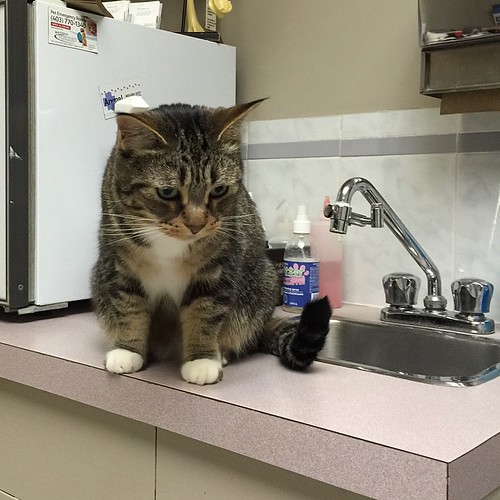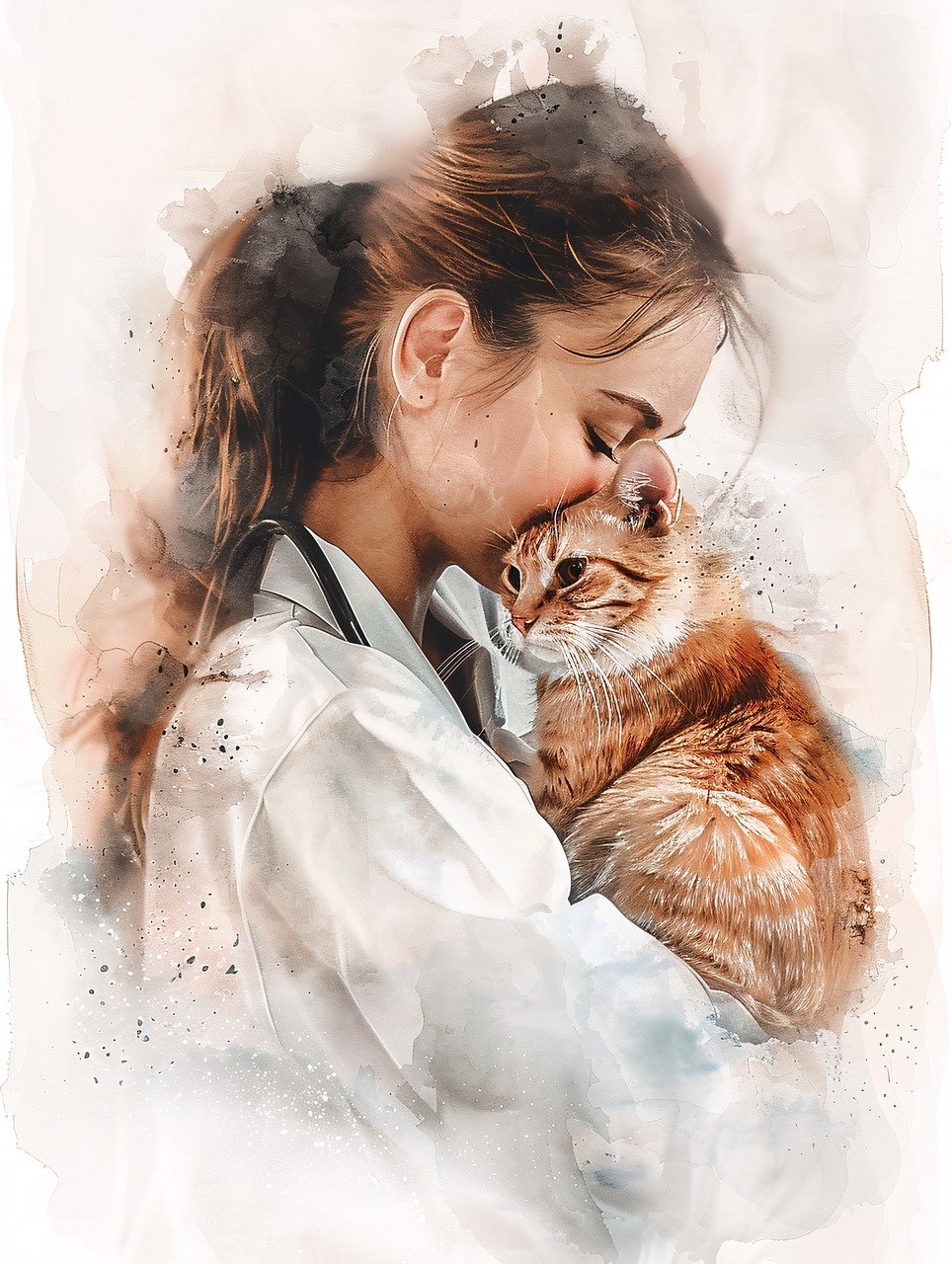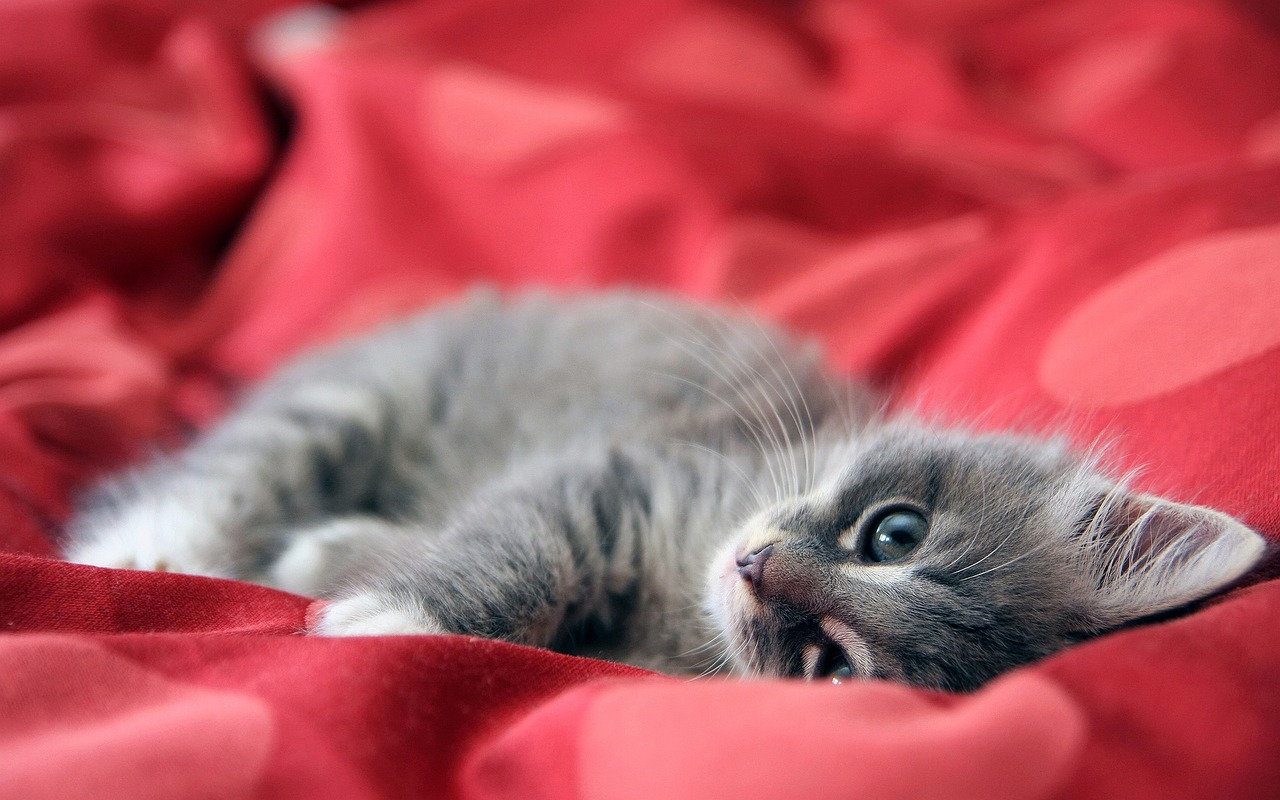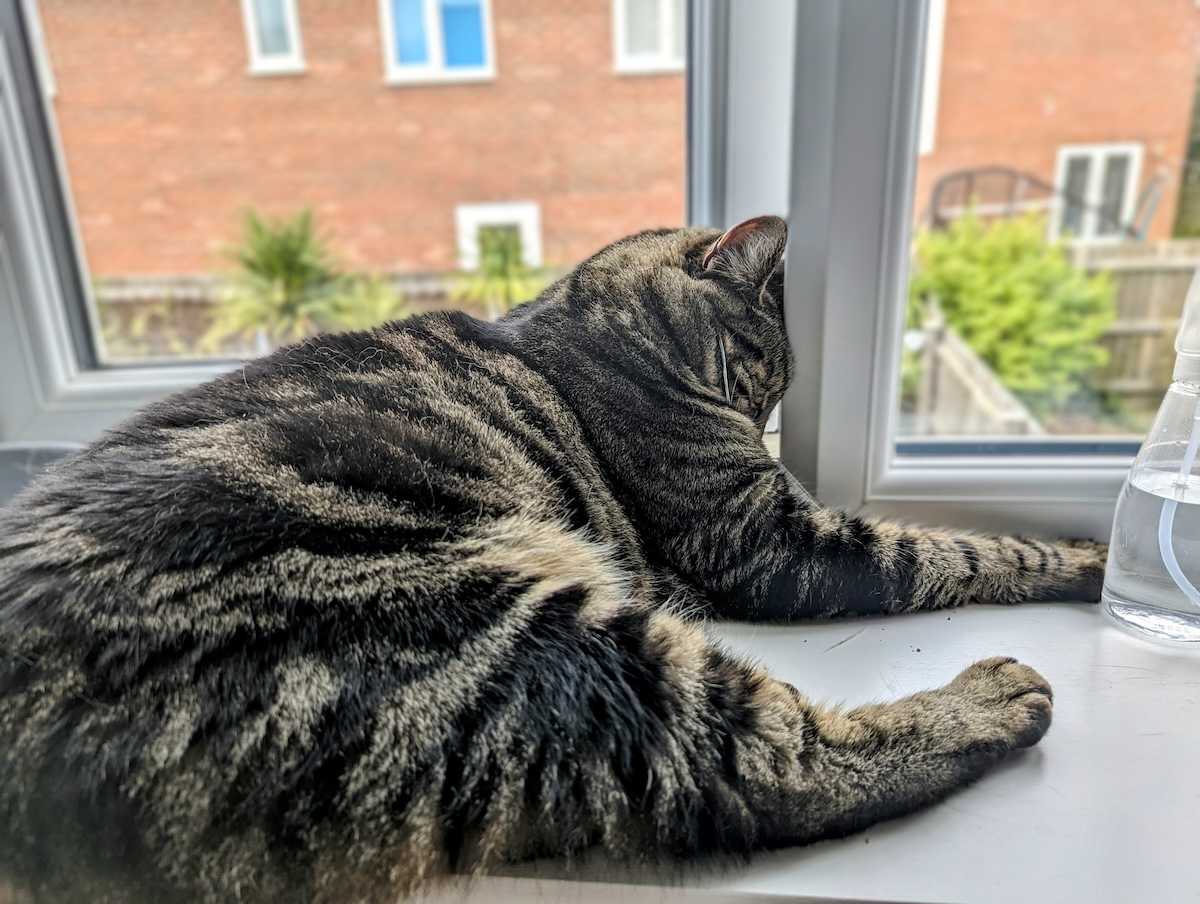The life-saving power of vaccines
Vaccination saves lives. This medical truth originates from centuries of observation and practice, solidified by rigorous scientific study. Vaccines have significantly reduced, and in some cases eradicated, the prevalence of deadly diseases. When it comes to our feline friends, vaccination can mean the difference between a healthy life and premature death due to highly contagious illnesses.
Feline-specific vaccines protect against a variety of severe and sometimes fatal diseases. Core vaccines, which are widely recommended for all cats, protect against distemper (panleukopenia), feline calicivirus, feline herpesvirus type I (rhinotracheitis), and rabies. Each of these diseases can cause severe illness, suffering, and death in cats.
Distemper is an especially potent threat, resulting in a high mortality rate if left untreated. Calicivirus and herpesvirus are primary causes of upper respiratory infections, often leading to chronic conditions that can severely impact a cat’s quality of life. Rabies, a disease that affects the brain and is always fatal once symptoms appear, poses risks not only to cats but also to human health.
Non-core vaccines, while not necessary for every cat, protect against diseases such as feline leukemia virus (FeLV) and feline immunodeficiency virus (FIV). The decision to administer these vaccines depends on the cat’s lifestyle and exposure risk. Cats that spend time outdoors, interact with other cats, or live in multi-cat environments are at higher risk and could benefit significantly from these additional protections.
Veterinary teams like Dr. Karyn Kanowski’s stress the importance of basing vaccination decisions on accurate and reliable information. Fearmongering, often spread through misinformation, can lead to under-vaccination and leave many animals vulnerable to preventable diseases. Regular vaccination is essential in maintaining the “herd immunity” effect, which helps protect even those cats that might not be able to be vaccinated, such as very young kittens or those with certain medical conditions.
In short, vaccines provide a shield that protects not only individual cats but the wider feline population. By reducing the presence of these diseases, vaccines contribute to the overall health and longevity of our beloved pets, reinforcing the statement that vaccination saves lives.
Understanding the mechanics of vaccination
The practice of exposing humans, and later, animals, to a small dose of an infectious agent to trigger an immune response dates back to at least the mid-15th century. Back then, when Smallpox was decimating populations worldwide, a procedure called variolation emerged. This involved injecting a small amount of fluid from a smallpox lesion into a healthy person, a risky move given the high chance of developing severe smallpox, yet it demonstrated that a small dose could prompt enough of an immune response to offer immunity.
It wasn’t until Dr. Edward Jenner’s groundbreaking work showcased that a safer poxvirus, cowpox, could successfully trigger the same immune response, thus paving the path for modern vaccination practices.
When a virus enters the body, it alerts the immune system to release pathogen-fighting cells such as neutrophils, monocytes, and lymphocytes (T and B cells). Over time, the body produces lymphocytes specially adapted to combatting the infection, resulting in a faster and stronger immune attack. If the virus is successfully eliminated, the bone marrow continues to produce memory B and T cells that can target the specific virus, lasting from months to potentially a lifetime, depending on the virus and individual.
However, natural immunity hinges on survival and can result in long-term health issues from the initial infection. Vaccination bridges this gap effectively.
A vaccine introduces an inactive version of the virus to ‘trick’ the immune system into creating an immune response and memory cells without causing the actual disease. Mild symptoms or feelings of being unwell post-vaccination are indications of the immune system’s response.
To ensure an adequate immune response, most vaccines contain adjuvants. These adjuvants amplify the body’s immune response leading to a significant creation of memory cells. While the body’s reaction to adjuvants accounts for most side effects, a stronger response means a more substantial reserve of memory cells, thus enhancing future defense against the virus.
Understanding this mechanism is vital as Dr. Karyn’s cats showcase practical examples of effective vaccination. For instance, while Cyril contemplates risks beyond the window, it’s the vaccines administered that provide a robust shield against those latent dangers.
As Dr. Karyn presents, the nuances of vaccine composition and by extension, their side effects, are important points to consider. Adjuvants play a pivotal role in ensuring a heightened and lasting immune response, even if this involves some adverse reactions. However, the end goal remains a safer, healthier cat, well-prepared to fend off potential infections.
“Vaccines are a triumph of science, creating an immune response without the peril of the disease itself.”
From Edward Jenner’s historical discovery to today’s sophisticated vaccines for our feline friends, these protective shots work as critical tools in the prolonged healthy lives of our pets. Vaccination is not free from risks, but those risks are carefully calculated to give our cats the best possible defense against life-threatening diseases.

Addressing the side effects and risks
While vaccines are essential in safeguarding our feline companions against lethal diseases, they are not without their downsides. Cats, like humans, can experience side effects from vaccines. These can range from mild discomfort to more severe reactions, although the latter are extraordinarily rare.
Common side effects post-vaccination include temporary lethargy, a slight fever, or localized swelling at the injection site. These reactions are relatively minor and typically resolve within a few days without the need for veterinary intervention.
However, more significant risks, although rare, do exist. One of the most concerning adverse effects is the potential development of vaccine-associated sarcoma, a type of cancer that can occur at the injection site. This particular side effect has been a subject of extensive study and debate within the veterinary community.
Vaccine-associated sarcomas are malignant tumors that may form months or even years after a vaccination. While the exact cause is not fully understood, it is believed that the adjuvants—substances added to vaccines to enhance the immune response—may play a role in this unfortunate development.
| Type of Reaction | Frequency | Action Required |
|---|---|---|
| Mild (lethargy, fever, swelling) | Common | None, usually resolves on its own |
| Moderate (prolonged lethargy, persistent swelling) | Occasional | Consult your veterinarian |
| Severe (allergic reaction, injection-site sarcoma) | Rare | Immediate veterinary attention |
The fear of such severe side effects prompts some cat owners to question the overall safety of vaccinating their pets. While these concerns are valid, it’s crucial to consider the broader context: the incidence of severe adverse reactions is exceedingly low compared to the high efficacy and life-saving potential of vaccines.
When weighing the risks and benefits, it’s important to consider your cat’s specific health needs and lifestyle. For instance, cats that live primarily indoors may have less frequent contact with other animals, thus a reduced risk of exposure to certain communicable diseases. However, this does not eliminate the need for core vaccines, which protect against diseases that can be transmitted through the air or on surfaces.
It’s also worth discussing the types of vaccines available with your vet. Some vaccines come without adjuvants, designed to reduce the risk of side effects, including injection-site sarcomas. These non-adjuvanted vaccines might necessitate more frequent administration but can be a safer alternative for some cats.
Dr. Karyn, for example, has had to balance these decisions carefully with her cats. She acknowledges the remote risk of adverse reactions but emphasizes the greater risk presented by the diseases themselves. By opting for vaccines that offer robust protection with minimal side effects, she provides the best possible care for her pets.
Have you ever wondered, what exactly triggers more severe reactions in some cats compared to others? Is it their genetic makeup, the type of vaccine, or even the vaccination site? It’s an intriguing topic that invites further exploration and underscores the importance of personalized veterinary care.
Reflecting on these factors can help you and your vet develop a tailored vaccination plan that prioritizes your cat’s health and well-being. After all, an informed decision is always the best decision when it comes to the health of our furry friends.
Evaluating your cat’s specific needs
Determining the appropriate vaccination protocol for your cat involves evaluating various factors specific to your cat’s lifestyle, health status, and environment. It’s not just about following a generic schedule; it’s about customizing the care to fit your pet’s exact needs.
Firstly, consider your cat’s daily environment and interactions. Indoor-only cats that have minimal contact with other animals might have different vaccination requirements than those who roam outside or live in multi-cat households. Indoor cats, for example, still need certain core vaccines because some diseases can be brought into the home on clothes, shoes, or through open windows. However, they might not require vaccines for diseases like feline leukemia (FeLV) unless they are in situations where they could be exposed to other cats.
- Living Indoors: For cats that never go outside, it’s essential to maintain vaccinations for diseases that can be transmitted without direct contact, such as feline viral rhinotracheitis, calicivirus, and panleukopenia (FVRCP) and rabies. Even if your cat never leaves the house, rabies vaccinations are often legally required.
- Access to Outdoors: Cats with outdoor access, or those living in areas with high stray or feral cat populations, should receive broader vaccinations, including FeLV and FIV. Outdoor cats are at higher risk of contracting and spreading infectious diseases, and thus their vaccination protocol must be more stringent to ensure their safety.
- Multi-Cat Households: When cats live together, disease spread is a significant concern. Protection against FeLV is crucial in a multi-cat environment, as it can spread through saliva, nasal secretions, and even shared food and water bowls.
Your cat’s age and overall health also play critical roles. Kittens need a series of vaccinations starting at about six to eight weeks of age, followed by boosters at regular intervals until they are about four months old. This initial series is vital to build up their immunity, which protects them as their maternal antibodies wane.
For adult cats, booster shots are typically administered every one to three years, depending on the vaccine and the cat’s risk factors. Senior cats or those with chronic health conditions might require adjustments to their vaccination schedule due to their potentially weakened immune systems. It’s paramount to work closely with your vet to tailor an appropriate protocol.
Another aspect to consider is local legislative requirements. Some areas have specific laws regarding rabies vaccinations. Ensuring your cat’s vaccinations align with these regulations is essential not only for their health but also for legal compliance.
Engaging in a detailed discussion with your veterinarian about your cat’s lifestyle and health history can significantly influence the appropriate vaccination strategy. Dr. Karyn stresses that vaccination should be personalized. For her five cats, that means annual vaccines for core viruses and a carefully considered approach to FeLV based on their strictly indoor lifestyle.
The goal is not just to blindly adhere to a standard schedule but to make informed decisions that will maximize your cat’s health and longevity. If your cat has reactions to certain vaccines, your veterinarian might recommend pre-vaccination antihistamines or exploring alternative vaccination brands or schedules.
Ultimately, the best vaccination plan is one that is tailored to your cat’s specific needs, ensuring they are protected without unnecessary risk. This dynamic approach to vaccination can help your feline friend lead a long, healthy life while minimizing potential side effects.

Making informed vaccination decisions
Navigating the complexities of vaccination for cats can be daunting. However, understanding the specifics can help cat owners make informed choices. To start with, it’s crucial to have an honest conversation with your vet about your cat’s lifestyle, health status, and environment. This conversation should include an assessment of potential exposure to diseases, as well as any previous reactions your cat might have had to vaccines.
Consider the following:
- Indoor vs. Outdoor Cats: Indoor cats are generally at lower risk of contracting infectious diseases compared to outdoor cats. Therefore, while they still need core vaccines like FVRCP and rabies, their need for non-core vaccines like FeLV might be less. In contrast, outdoor cats or those in multi-cat households should be vaccinated more comprehensively due to higher exposure risks.
- Health Status: Kittens require a primary vaccination series to build initial immunity. Adults and senior cats need boosters, tailored according to their health status. For cats with chronic conditions, special schedules may be considered.
- Previous Reactions: If a cat has had adverse reactions to vaccines in the past, your vet might suggest pre-vaccination antihistamines, monitoring post-vaccination, or alternative vaccines.
Another factor to consider is local laws. Some regions mandate rabies vaccinations, so compliance is non-negotiable. Beyond legal requirements, rabies poses a significant health threat to both cats and humans, reinforcing the importance of these vaccines, regardless of a cat’s lifestyle.
Dr. Karyn emphasizes the personalized approach to vaccination. Her own cats, who live strictly indoors, are immunized annually for core viruses, while FeLV vaccination is considered less critical. This tailored strategy highlights a key point: vaccination is not a one-size-fits-all matter but should be adapted to each cat’s unique situation.
Moreover, it’s essential to base your decisions on credible sources and research, avoiding fearmongering misinformation. Vaccines, while not devoid of risks, are overwhelmingly beneficial in preventing life-threatening diseases.
For more detailed insights and guidelines, you can read the full article on Catster: Catster – Cat Vaccination: How I Balance the Risks & Benefits.

